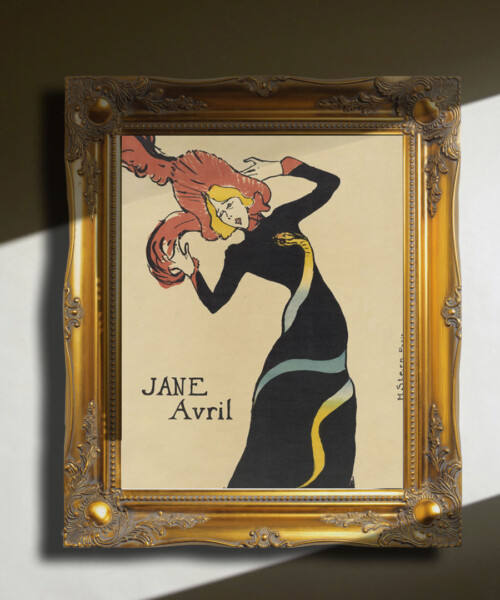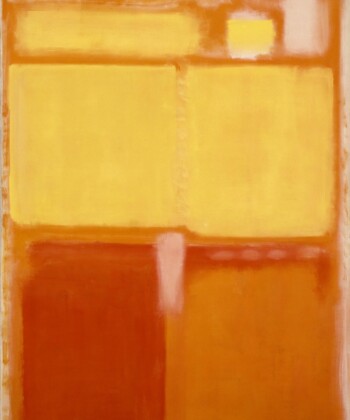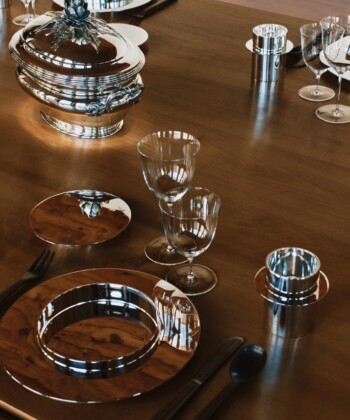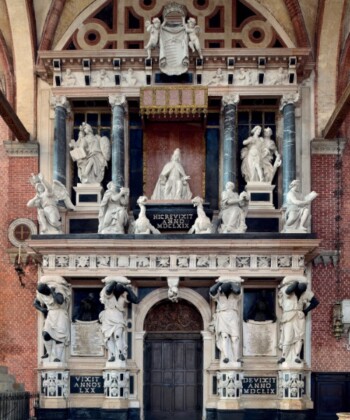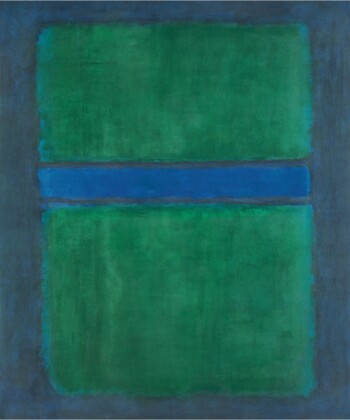Travel back in time to the enchanting era of Paris’s Belle Époque this summer with The Paris of Toulouse-Lautrec: Prints and Posters, the Museum of Modern Art‘s extensive collection of the famed artist’s work. Drawing solely from the museum’s own archives, the 100-piece exhibit provides a fascinating look into the vivacious, colorful and sometimes sordid world of 19th century France.

La Troupe de Mademoiselle Églantine (Mademoiselle Églantine’s Troupe). 1896.
Unable to enjoy some of the theatrical pleasures of the era because of a childhood deformity, painter, illustrator and printmaker Toulouse-Lautrec immersed himself in Paris’s nightlife, using his inherent artistic talent to depict cafes and dance halls in the Montmartre neighborhood. Perhaps best known for his drawings of the can-can dancers at the famed Moulin Rouge, the sweeping curves and flowing lines used to show movement in Toulouse Lautrec’s drawings was typical of the emerging Art Nouveau style during the time—a stark departure from the more naturalistic Impressionism and Post-Impressionism of previous decades. New advances in technology made it possible to mass-produce his designs as standalone prints and also in magazines and journals, bringing awareness of the joie de vivre attitude of the prosperous era to the rest of Europe.
One highlight from the exhibit is Toulouse-Lautrec’s portraits of French can-can dancers Jane Avril and Louise Weber, or as she was known at the time, “La Goulue.” The artist saw the dancers as his muses, and the boldly colored prints he created went on to make them famed celebrities in Paris.
The Paris of Toulouse-Lautrec: Prints and Posters is on display at the Museum of Modern Art through March 22, 2015.

Babylone d’Allemagne (German Babylon). 1894.
MORE:
An Art Buyer’s Guide: How to Pick Out a Masterpiece
Drew Barrymore: My First Piece of Art
Nicola Vassell on Using Artistic Influence to Incite Change


























